실험실에서 자란 신장이 투석을 종료할 수 있는 방법
혁신적인 의학의 세계에서 만성 신장 질환(CKD)의 치료법에 대한 탐구는 실험실에서 배양한 신장의 개발을 통해 미래 지향적인 도약을 이루고 있습니다. 이 획기적인 접근 방식은 다낭성 신장 질환(PKD), IgA 신장병, 국소 분절 사구체 경화증(FSGS), 사구체신염 등 다양한 형태의 신장 질환으로 고통받는 수백만 명에게 희망의 등불을 약속합니다. 실험실에서 배양한 신장의 잠재력을 탐구하면서 우리는 이 놀라운 기술이 어떻게 신장 질환 치료에 혁명을 일으키고 투석에 대한 실행 가능한 대안과 장기 부족 위기에 대한 해결책을 제공할 수 있는지 탐구합니다.
신장 질환은 신증후군과 신장염에서부터 당뇨병성 신장병증과 루푸스 신장염에 이르기까지 신부전을 초래하는 다양한 질환으로 전 세계적으로 수백만 명에게 영향을 미칩니다. CKD 진단을 받은 사람들의 경우, 질병 관리에는 단백뇨, 빈혈과 같은 증상과의 싸움, 그리고 CKD 3단계 치료와 같이 진행을 늦추는 치료 방법이 포함됩니다. 그러나 생명을 유지하지만 힘든 치료법인 투석의 다가오는 위협이 환자를 덮치면서 가정 투석과 같은 대안을 찾게 되었고 이제는 더 야심차게 실험실에서 배양한 신장을 찾게 되었습니다.
해당 분야의 선구적인 계획인 신장 프로젝트(Kidney Project)는 인공 신장을 만들고 투석 대안을 탐색하는 데 앞장서고 있습니다. 이러한 실험실에서 자란 장기는 단순한 공상 과학 소설이 아니라 줄기 세포 연구와 3D 바이오프린팅의 발전을 통해 개발되고 있습니다. 이 과정에는 줄기세포를 신장 세포로 유도하는 과정이 포함되며, 자연 환경을 모방한 지지체를 사용하여 신장 세포를 구성합니다. 이 혁신적인 접근 방식은 투석 부담을 완화할 뿐만 아니라 기증 장기의 심각한 부족 문제도 해결합니다.
CKD를 앓고 있는 사람들에게 실험실에서 배양한 신장의 출현은 인 신장 질환 식단의 제약, GFR 수준에 대한 지속적인 걱정, 신장 낭종 및 CKD 빈혈의 합병증으로부터 자유로운 미래를 의미할 수 있습니다. 이는 CKD 치료를 향한 기념비적인 변화를 나타내며, 환자에게 더 건강하고 투석 없는 삶의 기회를 제공합니다.
연구에서 배아 줄기 세포의 사용을 둘러싼 윤리적 고려 사항, 이러한 생명공학 장기를 환자의 혈액 공급과 통합하는 과제, 앞으로의 규제 장애물은 과학계에서 진행 중인 담론의 일부입니다. 동물 실험에서는 생체 공학 신장이 소변 생성과 같은 주요 기능을 수행하여 인간 적용에 대한 상당한 진전을 이루는 유망한 결과가 나타났습니다.
CKD 치료의 새로운 시대가 다가오고 있는 지금, 실험실 배양 신장, 인공 신장, 투석 대안에 대한 대화가 계속 늘어나고 있습니다. 이 혁신적인 기술은 치료법에 대한 희망을 제공할 뿐만 아니라 CKD 관리, 질병과 함께 생활하고 궁극적으로 영향을 받는 사람들의 삶을 변화시키는 것에 대한 논의를 촉발합니다.
실험실에서 배양한 신장 영역에 대한 이러한 탐구는 단순히 신장 질환을 극복하는 것이 아니라 의학의 가능성을 재정의하는 것입니다. 각각의 발전을 통해 우리는 단백뇨와 신장염부터 PKD와 FSGS의 보다 복잡한 문제에 이르기까지 CKD를 효과적으로 치료할 수 있는 미래에 더 가까이 다가가며 만성 신장 질환과의 싸움의 새로운 장을 열었습니다.
음악 속성:
Liborio Conti의 화창한 날
면책 조항: 이 간행물의 모든 자료는 정보 제공 목적으로만 제공되며 의학적 조언이나 지침으로 해석될 수 없습니다. 본 발행물의 내용만을 근거로 어떠한 조치도 취해서는 안 됩니다. 대신 시청자는 자신의 건강 및 복지와 관련된 모든 문제에 대해 적절한 의료 전문가와 상담해야 합니다. 본 간행물에 제공된 정보와 의견은 제작자의 최선의 판단을 바탕으로 정확하고 타당하다고 여겨지지만, 적절한 보건 당국과 협의하지 않은 시청자는 부상의 위험을 감수하게 됩니다. 출판사는 오류나 누락에 대해 책임을 지지 않습니다. 이 보고서의 자료는 식품의약청(FDA)의 승인을 받지 않았습니다. 논의된 제품은 질병을 진단, 치료, 치료 또는 예방하기 위한 것이 아닙니다.
How Lab-Grown Kidneys Could End Dialysis
n the innovative world of medical science, the quest for a cure for Chronic Kidney Disease (CKD) is taking a futuristic leap with the development of lab-grown kidneys. This groundbreaking approach promises a beacon of hope for millions suffering from various forms of kidney disease, including polycystic kidney disease (PKD), IgA nephropathy, focal segmental glomerulosclerosis (FSGS), glomerulonephritis, and more. As we explore the potential of lab-grown kidneys, we delve into how this remarkable technology could revolutionize kidney disease treatment, offering a viable alternative to dialysis and a solution to the organ shortage crisis.
Kidney disease affects millions worldwide, with conditions ranging from nephrotic syndrome and nephritis to diabetic nephropathy and lupus nephritis, leading to renal failure. For those diagnosed with CKD, managing the disease involves battling symptoms like proteinuria, anemia, and navigating treatments aimed at slowing progression, such as CKD stage 3 treatment. However, the looming threat of dialysis, a life-sustaining but arduous treatment, hangs over patients, driving the search for alternatives like home dialysis and now, more ambitiously, lab-grown kidneys.
The Kidney Project, a pioneering initiative in the field, is at the forefront of creating artificial kidneys and exploring dialysis alternatives. These lab-grown organs are not mere science fiction but are being developed through advances in stem cell research and 3D bioprinting. The process involves guiding stem cells to become kidney cells, which are then structured into a kidney using scaffolds that mimic the natural environment. This innovative approach not only promises to alleviate the dialysis burden but also addresses the dire shortage of donor organs.
For those living with CKD, the advent of lab-grown kidneys could mean a future free from the constraints of phosphorus kidney disease diets, the constant worry over GFR levels, and the complications of kidney cysts and CKD anemia. It represents a monumental shift towards curing CKD, offering patients a chance at a healthier, dialysis-free life.
The ethical considerations surrounding the use of embryonic stem cells in research, the challenges of integrating these bioengineered organs with the patient’s blood supply, and the regulatory hurdles ahead are part of the ongoing discourse in the scientific community. Animal testing has shown promising results, with bioengineered kidneys performing key functions like urine production, marking significant strides towards human application.
As we stand on the brink of a new era in CKD treatment, the dialogue around lab-grown kidneys, artificial kidneys, and dialysis alternatives continues to grow. This revolutionary technology not only offers hope for a cure but also sparks discussions on managing CKD, living with the disease, and ultimately, transforming the lives of those affected.
This exploration into the realm of lab-grown kidneys is not just about overcoming kidney disease but redefining the possibilities of medical science. With each advancement, we move closer to a future where CKD, from proteinuria and nephritis to the more complex challenges of PKD and FSGS, can be effectively treated, marking the dawn of a new chapter in the fight against chronic kidney disease.
MUSIC ATTRIBUTION:
A Sunny Day by Liborio Conti
Disclaimer: All material in this publication is provided for information only and may not be construed as medical advice or instruction. No action should be taken based solely on the contents of this publication; instead, viewers should consult appropriate health professionals on any matter relating to their health and well-being. The information and opinions provided in this publication are believed to be accurate and sound, based on the best judgment available to the producers, but viewers who fail to consult with appropriate health authorities assume the risk of any injuries. The publisher is not responsible for errors or omissions. The material in this report has not been approved by the Food and Drug Administration. The products discussed are not intended to diagnose, treat, cure, or prevent any disease.


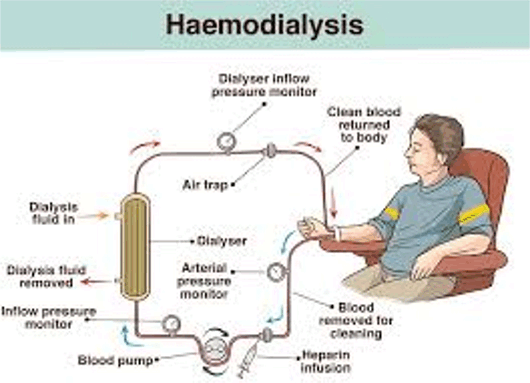
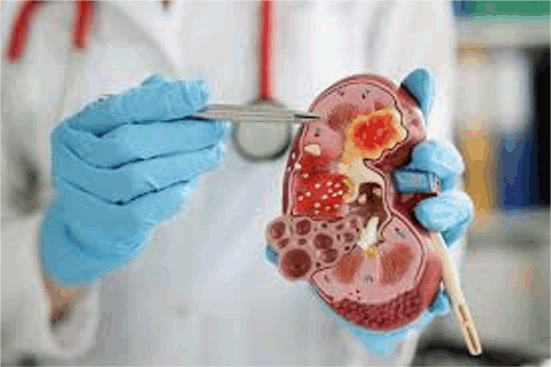
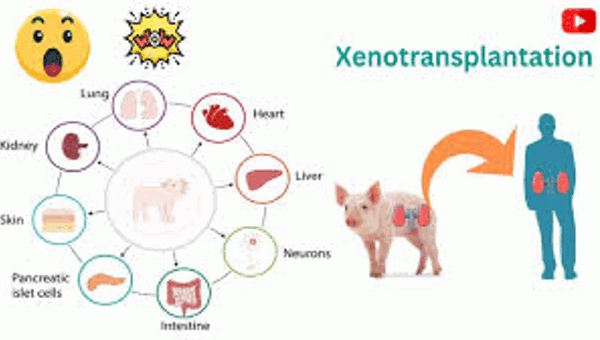




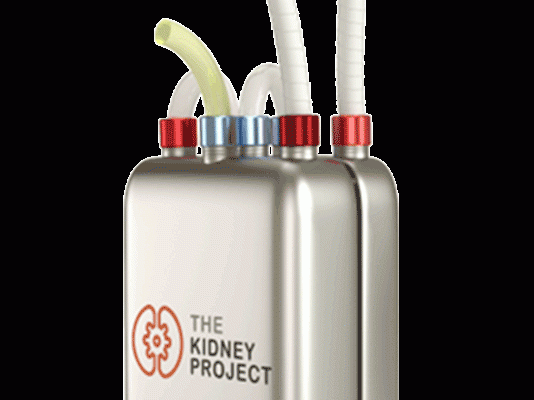
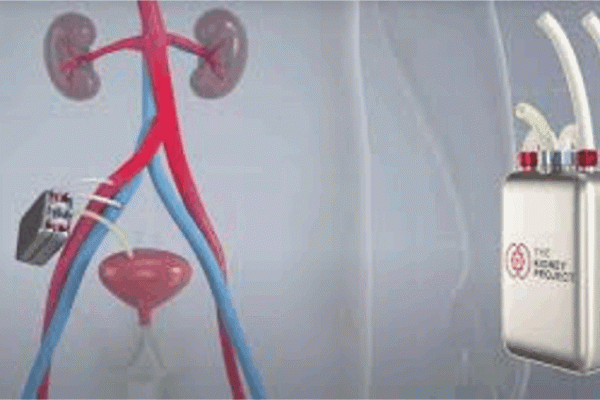

답글 남기기